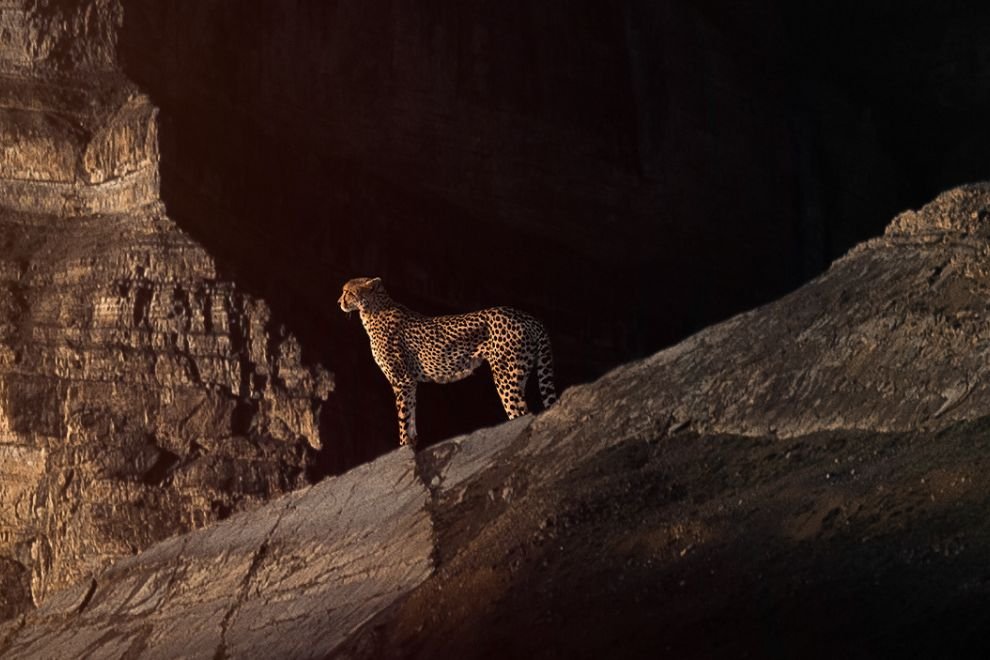Modern-day lifestyle on the one hand has elevated the lives of citizens in urban areas. But on the other hand, it has severely affected forest lands and wildlife thanks to the wastage and deforestation measures under the same lifestyle. Wildlife preservation is a cause the world is working on but failing as more species go extinct.
According to the World Wide Funds for Nature, there are around 2 million different species on our planet, and between 200 and 2,000 extinctions occur every year.
Cheetahs are one such species of big cats that are already on their way to extinction in several regions. India had its latest trace of cheetahs 75 years earlier in 1947. The species was declared extinct in the country.
A Unique Solution
An attempt to re-introduce the big cat in the country, the government of India has forged a plan to fly seven cheetahs- five females and three males between four to six years of age, from Namibia to India on the 17th of September 2022.
Under their Mission LiFE, the government aims to build a truly inclusive world where human life doesn’t overtake the ecosystem built for our flora and fauna that existed even before we did. Project Cheetah will focus on restoring the neglected habitats that will further preserve biodiversity and re-flourish the previously existing ecosystem for wildlife all over.
The cheetahs will be taken to Madhya Pradesh’s Kuno-Palpur National Park. The world’s fastest cat will be brought to India through a chartered cargo flight.
The radio-collared animals will be housed in cages that are 114 cm x 118 cm x 84 cm long during the flight journey. They won’t be sedated but will be fed for two to three days prior to the trip. Three vets from South Africa, Namibia, and India will be traveling with the animals. According to Environment Minister, Bhupender Yadav, all preparations for the cheetahs’ international relocation are finished.
After Arrival Precautions
The animals will be kept under a month-long quarantine. There will be six separate quarantine enclosures for the newly arrived species. Later, the cheetahs will be shifted to bigger enclosures where they can adapt to the new environment.
It is important to know that under these enclosures, the animals will be able to hunt, roam, and breed. Their health and vitals will be closely monitored to make sure their adaptation to this new environment is successful. The cheetahs will roam free in a 5,000 sq km area in the National Park.








